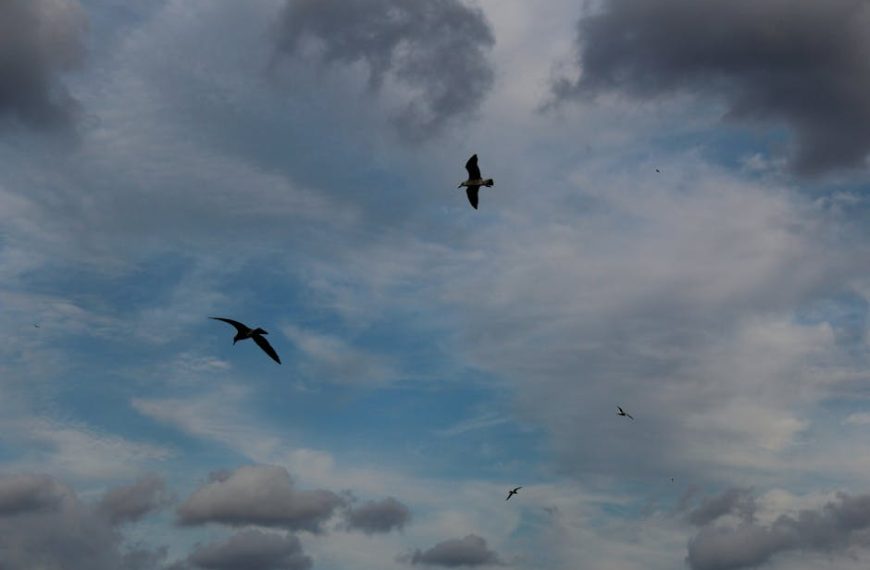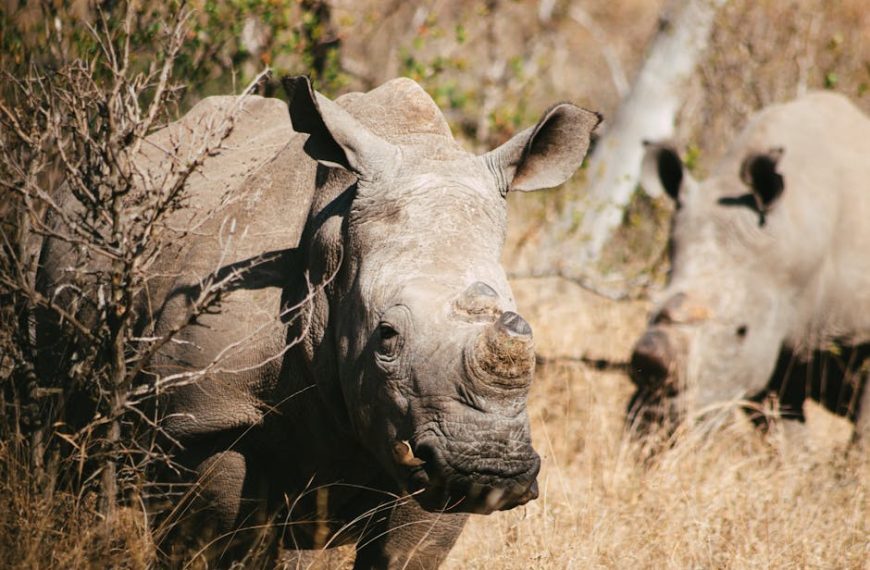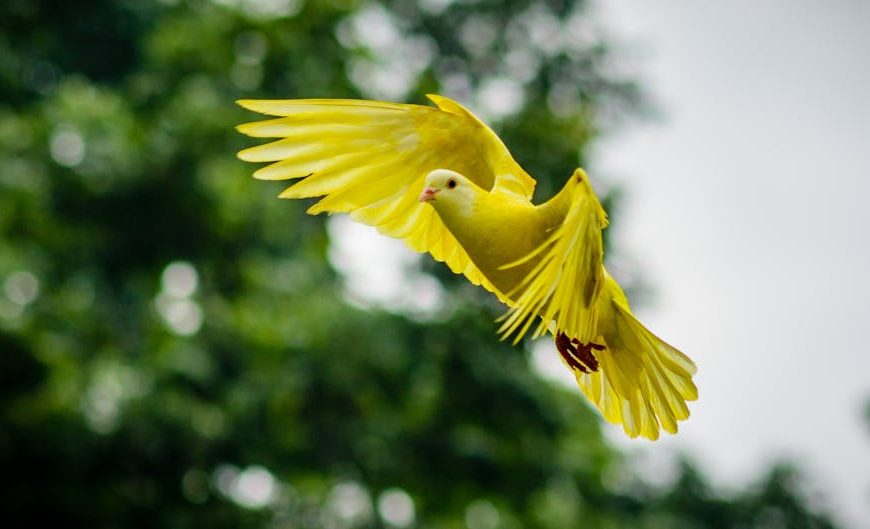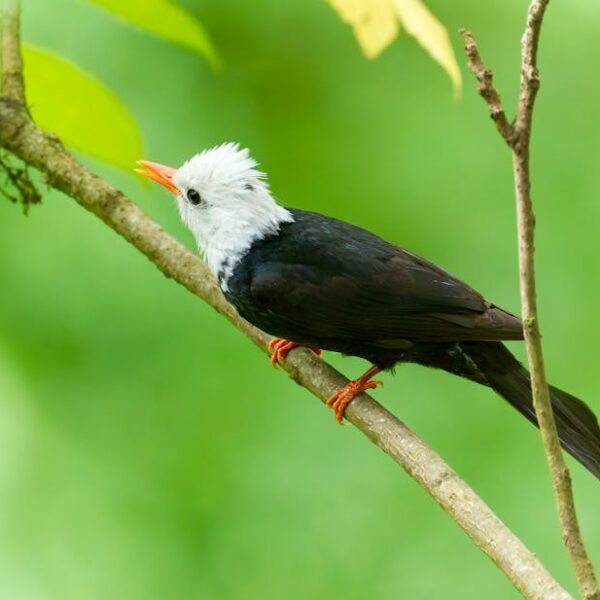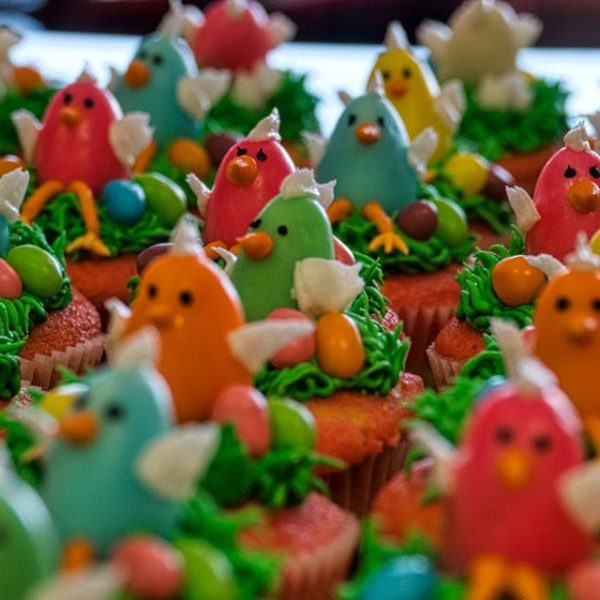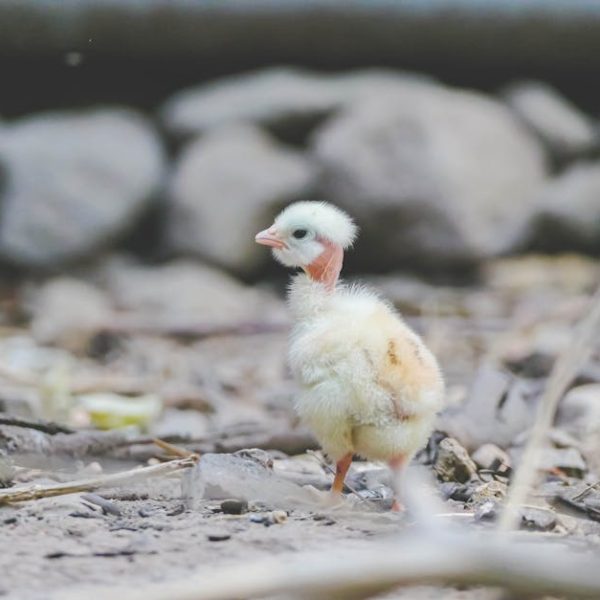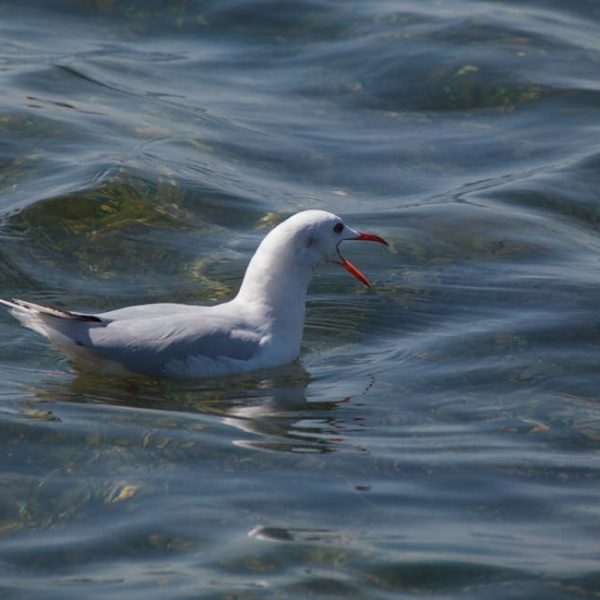Have you ever looked up into the sky and marveled at the tiny creatures flitting around? Or laced up your boots for a hike and found yourself intrigued by the variety of larger beings lumbering along the ground? It’s certainly no secret that mammals and birds contribute to the fascinating tapestry of biological life on Earth. But as different as these two kingdoms of creatures seem to be, they share a host of parallels as well. Let’s tread the trail of discovery to unearth the key differences that distinguish mammals from birds.
Physical Distinctiveness
One of the most noticeable differences between mammals and birds lies in their physical characteristics. Examine a bird and a mammal side by side and one feature instantly stands out – birds are covered in feathers, while mammals are typically endowed with hair or fur. Consider a sparrow with its distinct plumage and the beagle in your backyard with its dense fur. Yet, it’s not just the exterior that sets them apart.
Observing their body structure reveals a deeper contrast. For instance, birds have wings and a beak as standard, whereas mammals exhibit a broader variety of body plans. Some mammals fly like bats, while others crawl like mice, and still others glide underwater like dolphins. What’s more, mammals possess mammary glands for nourishing their young—an attribute unique to this group.
Thermoregulation
When it comes to thermoregulation—the process by which an animal adjusts its body temperature according to its environment—both mammals and birds can be categorized as ‘warm-blooded’. But their ways of maintaining a stable body temperature vary.
Mammals, from the tiniest shrew to the largest whale, have the exceptional capability to adapt to extreme environments by adjusting their internal body temperature to stay warm or cool.
Birds, while also warm-blooded, maintain their body temperature through rather uncommon mechanisms. Fluttering and fluffing their feathers isn’t a mere spectacle; it’s a bird’s unique body-heating technique. Essentially, these animals regulate their temperature by manipulating their feather structure to trap or release heat.
Lifecycle and Reproduction
Delving into the life cycle and reproductive habits of mammals and birds unwraps further interesting contrasts. Mammals follow a common pattern. They give birth to live young, who feed on the mother’s milk in the initial stages of growth. Think of the joyous moment when a baby kangaroo (joey) peeks from its mother’s pouch.
Birds, on the other hand, lay eggs, which they rigorously incubate till they hatch. Each bird species displays unique nesting behaviors. For instance, the elaborate dance of male peacocks to attract females or penguins’ endearing habit of males incubating the eggs.
Locomotion
The physiological structures of mammals and birds dictate their modes of locomotion. Mammals usually walk, run, swim, climb, or burrow. Each manner of movement equips them with unique advantages and challenges in exploring their environment, hunting for food, or eluding predators.
Birds are renowned for an exceptional mode of locomotion—flight. The flight of birds is a testament to nature’s engineering marvels with perfectly designed feathers, lightweight bones, and potent flight muscles. Yet, not all birds are aviators. Penguins swim, while ostriches are skilled at running, revealing again, the diversity within these kingdoms.
Do check though, whether the bird you spotted hopping around your backyard is indeed trying to take off or just settling for a quick terrestrial stroll.
Feeding Habits
The menu differs widely for mammals and birds. Mammals, showcasing an extensive dietary range, can be herbivores like the gentle deer grazing in the fields, carnivores like the prowling lion, or even omnivores like us humans.
On the other hand, while birds also exhibit varied dietary preferences, the diet of a bird is usually specific to its species. For example, hummingbirds sip nectar, eagles hunt for prey, and sparrows are predominantly grain-eaters. What’s on offer in nature’s bistro can often be a clue to the species frequenting your backyard!
Stay tuned to explore more fascinating facets about mammals and birds. It’s sure to leave you awestruck at the myriad marvels our natural world has to offer.
Adaptability
The ability to adapt to diverse environments is another key distinguishing factor. Mammals and birds thrive in a vast array of habitats, from the deepest oceans to the highest mountains, from torrid deserts to freezing polar regions.
Mammals have various adaptations that allow them to survive in different environments. The thick fur of polar bears helps them withstand extreme cold, while desert-dwelling mammals like kangaroo rats have kidneys that filter out salt and extract maximum water from their food.
Birds, conversely, are dynamic to different environments, demonstrating various physical adaptations for survival. Penguin feathers provide insulation in freezing waters, while the relatively long legs of shorebirds like sandpipers help them wade in water to catch their food.
Behavioural Traits
Behavioural traits differ significantly between mammals and birds, with each showing unique patterns. Mammalian traits can range from the solitary habits of leopards to the complex societal structures of elephants. Some, like dolphins and primates, even exhibit signs of advanced intelligence, problem-solving abilities and a capacity for deep social bonds.
Birds display a diverse range of behaviours from the intricate courtship rituals of bowerbirds to the migratory discipline of Arctic terns. Some birds like crows and parrots are also recognised for their high cognitive skills and problem-solving abilities.
Sleep Patterns
Although both mammals and birds require rest, their sleep patterns vary greatly. Most mammals engage in profound, rapid-eye-movement (REM) sleep, having a special region in their brains – the hippocampus – that controls memories and regulates sleep.
Birds, surprisingly, also experience REM sleep, though for shorter periods. Some birds, like ducks and swallows, even have the remarkable ability to sleep with one eye open, a handy skill when on the lookout for predators!
Sensory Abilities
Finally, the sensory abilities of mammals and birds can be vastly different. Mammals are known for their well-developed senses. Dogs, for example, have an advanced sense of smell, and bats utilise echolocation for navigating during flight.
Birds, on the other hand, have extraordinary visual acuity; a hawk can spot a mouse from heights of almost 15,000 feet! Furthermore, some birds can perceive the Earth’s magnetic field, aiding in their long-distance migrations.
So, even as we find the two kingdoms of Birds and Mammals teeming with variety, it is these beautifully contrasting traits that make our world so delightful in its biodiversity.
Key Takeaway:
- Birds and mammals have distinct physical characteristics; birds have feathers and beaks, while mammals have fur or hair and possess mammary glands.
- Mammals and birds are both warm-blooded, but their methods for maintaining body temperature are different.
- Reproductive practices differ between the two; mammals give birth to live young, while birds lay eggs and incubate them.
- Modes of locomotion differ significantly; mammals usually walk, run, swim, climb, or burrow, while birds are known for their ability to fly.
- Feeding habits vary widely between the two groups, largely due to physiological differences and habitat types.
Despite the differences that distinguish mammals from birds, their uniqueness and diversity only add to the richness of our planet’s biodiversity. Embracing this diversity and making an effort to understand these beautiful creatures is truly a rewarding experience.
FAQs
Q: Do any birds have fur like mammals?
A: No, birds do not have fur. They have feathers, which are unique to their species and function as a protective layer against elements, aid in flight, and provide insulation.
Q: What are the thermoregulation strategies that birds use compared to mammals?
A: While mammals adjust their internal body temperature to adapt to extreme environments, birds regulate their body temperature by manipulating their feather structure to either trap or release heat.
Q: Can all birds and mammals swim?
A: Not all birds and mammals can swim, it largely depends on their habitat and physiological makeup. Penguins and ducks, for example, are adept swimmers, while mammals like dolphins and otters are also excellent swimmers.
Q: How does the feeding habits of carnivorous mammals differ from predatory birds?
A: Carnivorous mammals, like lions, primarily hunt for land-based prey, while predatory birds or ‘birds of prey’ like eagles have a diet consisting mainly of small mammals, fish, or even other birds.
Q: Are all birds capable of flying?
A: No, not all birds are capable of flight. Some birds, like ostriches and penguins, are flightless but specialized in other forms of locomotion such as running or swimming.
We encourage you to share this article with others and continue exploring our website for more intriguing posts about our natural world.


